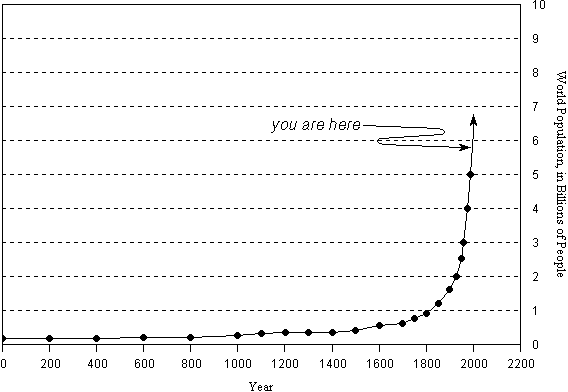Ch 1 Section 4 Earth's Systems
Submit
2.
We’ll put your name on your report, certificate, and leaderboard.
Submit










 Back to top
Back to top






